Your cat's arched back is a form of communication. When your kitty curves their back, fluffs up their hair, and strikes a Halloween cat pose, they're sending a clear message. It could mean they're scared, feeling playful, or just had a good nap. Cats arch their backs for a bunch of reasons, and not all of them are serious, so don't panic when you see it.
Feline body language says way more than their meows ever will. Want to speak fluent cat? Stick around and learn how to read that arch like a pro.
What Does It Mean When a Cat Arches Its Back?

That "arching cat" moment means your feline friend has something to say, and they're saying it loud and clear with their spine. When your kitty arches their back, they're usually reacting to something fast. It's their way of puffing up, looking big, and getting a handle on whatever's going on.
Sometimes it's fear, sometimes it's fun, and other times, it's just a stretch. That curved back could signal anything from "stay back" to "let's play." That's why it's important to check the entirety of your cat's body language cues. Look at their tail, ears, eyes, and fur for the full story.
Instinctive Reactions and Body Language Basics
That dramatic arched back is innate in felines. Kittens do it. Grown cats do it. It's a survival move that kicks in when they feel unsure or need to look bigger fast. When cats feel threatened, they take on a defensive posture without a second thought.
Watch for raised fur, flattened ears, and wide, dilated pupils. That's your cat saying they're on edge. Their body languageis super expressive if you know what to watch for. An arched back is just one piece. Pair it with growling or a swishing tail, and you've got a nervous animal on your hands.
The Role of Communication and Posture in Feline Behavior
Cats talk with their bodies way more than their mouths. Feline communication runs through every body part. Posture tells you what words can't, especially when your kitty's too proud to meow it out loud.
If your cat's back is high and their tail is stiff or puffed, they're on alert. But if the arch comes with soft eyes, slow blinks, and relaxed paws, they're showing playful behavior. The way your pet moves says everything. Their posture paints the mood, whether they're curious, confident, or ready to bolt.
Common Reasons for a Cat's Arched Back
An arched back can pop up in serious moments or silly ones. It all depends on the vibe and what's going on around your cat. Here's a breakdown of the usual suspects:
- Fear or Feeling Threatened. Hair standing + ears flat + tail stiff + back curved = cat feels unsafe.
- Playful Excitement Kittens especially arch during playtime.
- Stretching After Rest or Sleep. That arch might be part of a satisfying full-body stretch.
- Discomfort or Physical Issues. If it looks stiff or tense, your companion might be dealing with some soreness.
- Hunting Instincts. That arched pose can show up when your feline friend stalks a bug.
Fear or Feeling Threatened
The arched cat look is a defensive posture. It's meant to make felines look bigger and scarier against potential threats. Look for flattened ears, a tucked or puffed tail, and wide, staring eyes. These cues mean your kitty's just trying to protect themself.
Don't reach in for a pet. They're not in the mood. Give them space, lower your voice, and let them calm down on their terms. A little patience goes a long way with upset kitties.
Playful Excitement or Hunting Mode
Sometimes, your cat's just feeling frisky. Kittens especially love to arch during playtime, puff up their fur, and bounce sideways like little weirdos. You'll know it's playful if paired with perked-up ears, a twitchy tail, and eyes that say, "Catch me if you can."
No growling or hissing. This kind of arch shows excitement, not agitation. Whether they're stalking a mouse or picking a fight with a dust bunny, cats arch their backs to amp up the drama. And honestly, it's adorable.
Stretching After Rest or Sleep
Sometimes, an arched back is just a fancy stretch. After a nap, your pet might rise up, lift their tail, and slowly curve their back like they're starring in a yoga video. Cats enjoy that good ol' stretch to shake off sleep. This move usually comes with a yawn, maybe a soft purr, and a generally relaxed stance. No puffed-up hair or wide eyes.
Think of it as the cat version of cracking your back after sitting too long. If your feline companion just woke up from a long snooze and starts arching, they're rebooting their body. Let them have their moment.
Pain or Physical Discomfort
A cat's arching back is not always a stretch or a scare tactic. Sometimes, it's their way of expressing discomfort. A stiff posture, twitchy tail, or flinching when touched could mean they're dealing with soreness. Watch their face, too. Squinted eyes, tense muscles, and a hunched stance can all point to irritation.
Maybe it's a stomach issue; maybe it's a mobility problem. Either way, don't ignore it. If your pet keeps arching without a clear reason, seek advice from your vet.
How To Tell if an Arched Back Cat Is in Pain
Unlike dogs, cats don't wear their discomfort on their sleeves (or their paws). It's up to you to spot the signs hiding in plain sight. Is your pet avoiding touch? Are they walking funny or keeping to themselves? That arched pose, when paired with weird behavior, could be a sign of aches and pains.
If the arch shows up a lot and seems tense—not playful or relaxed—it's worth checking out. Look for changes in how they settle, walk, or jump. When in doubt, trust what your cat's body is telling you.
Tense muscles, sudden hiding, and acting totally out of character? Yeah, that's your sign. An arched back paired with stiffness might mean your kitty is dealing with more than just a mood. Maybe they stop jumping on their favorite windowsill. Maybe they avoid their usual nap spot. These are clues.
If your feline bestie suddenly goes quiet or hides more than usual, they could be managing discomfort. Don't wait too long to respond. Cats won't spell it out for you, but their behavior spills the tea every time.
Should You Be Concerned About an Arched Back?
Sometimes yes, sometimes no. A cat's arched back can mean all sorts of things, from playtime sass to serious medical conditions. It all depends on the moment and what else your cat's body is saying. If the arch comes with flattened ears, raised fur, or growling, they're not having a good time. But if your furry buddy just woke up or spotted their favorite toy, that curve is normal.
Keep an eye on how often it happens, what triggers it, and how long it lasts. You know your kitty best. If something feels off, trust that gut and look into it.
When It's Normal vs. When It's a Sign of Trouble
Normal arched backs come and go quickly: stretch, play, reset. But if your cat's stuck in that pose or it keeps happening with tense muscles and hiding, that's a red flag. Context is everything with feline body language.
Playful arches are bouncy and light. Scared or sore ones, not so much. Watch the tail, ears, and face. A stiff tail, flat ears, and no movement means stress or soreness. If your cat avoids touch, stops jumping, or seems restless, it's time to check in.
Natural Ways To Ease Discomfort or Tension in Cats
Cats need chill vibes just like we do. If your kitty seems tense, there are easy, natural ways to help them feel better. Think soothing spaces, calm routines, and gentle care.
Try soft blankets, quiet corners, or a warm sunspot for relaxation. Keep loud noises and chaos to a minimum. Regular play helps, too. It burns off energy and keeps those muscles moving.
And don't forget: Your energy matters. A calm human means a calm cat. When things feel balanced at home, your cat's body (and that dramatic arch) starts to mellow out as well.
Creating a Calm Environment at Home
If your cat's acting tense or arching more than usual, your home setup might need a little tweak. Cats love calm, cozy spots where they can relax without surprise attacks (looking at you, vacuum). A peaceful vibe makes all the difference.
Set up safe zones with soft beds, low lighting, and familiar scents. Keep toys nearby for low-key play and use scratching posts to help them work out energy. Avoid loud noises, strong smells, and sudden changes. If you've got more than one pet, give each their own space.
HolistaPet's Calming CBD Products and Mobility Support

Sometimes, your cat needs a little extra support to chill, and that's where HolistaPet steps in. Our calming CBD products use broad-spectrum CBD, packed with natural goodness to support your bestie's comfort, mobility, and mood. No funny stuff, just ingredients your feline sidekick can vibe with.
CBD works by interacting with your cat's endocannabinoid system (ECS), which may help balance their body and calm their mind. It may help ease tension, promote natural sleep, and support joint comfort. From CBD Cat Treats to CBD Calming Chews, Oils, and Capsules, we've got options to suit every feline. Check out our full lineup on our website.
Final Thoughts on Why Cats Arch Their Back
Cats arch their backs for all kinds of reasons: some cute, some serious, all totally cat-like. It's their way of reacting, communicating, stretching, or saying "back off." That arched pose might look dramatic, but it's just one of many body language cues that keep you in the loop on your feline friend's mood.
Pay attention to the little things: the ears, the tail, the vibe. That's how you tell a simple stretch from a red flag. And if your cat ever needs a little help staying comfy and chill, HolistaPet's got your back (and theirs). Because when your cat's feeling good, they show it, arched back and all.







![Probiotics For Dogs [Soft Chews] - HolistaPet](http://www.holistapet.com/cdn/shop/files/Probiotic-Infographic-1_472d7a29-e30c-435a-9638-1365d8c3a9f9.jpg?v=1725384841&width=104)









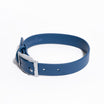
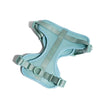
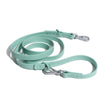
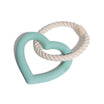
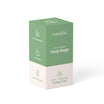
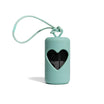


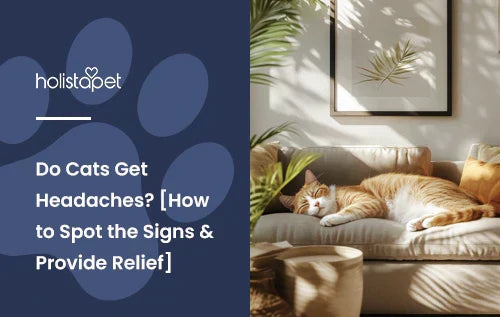

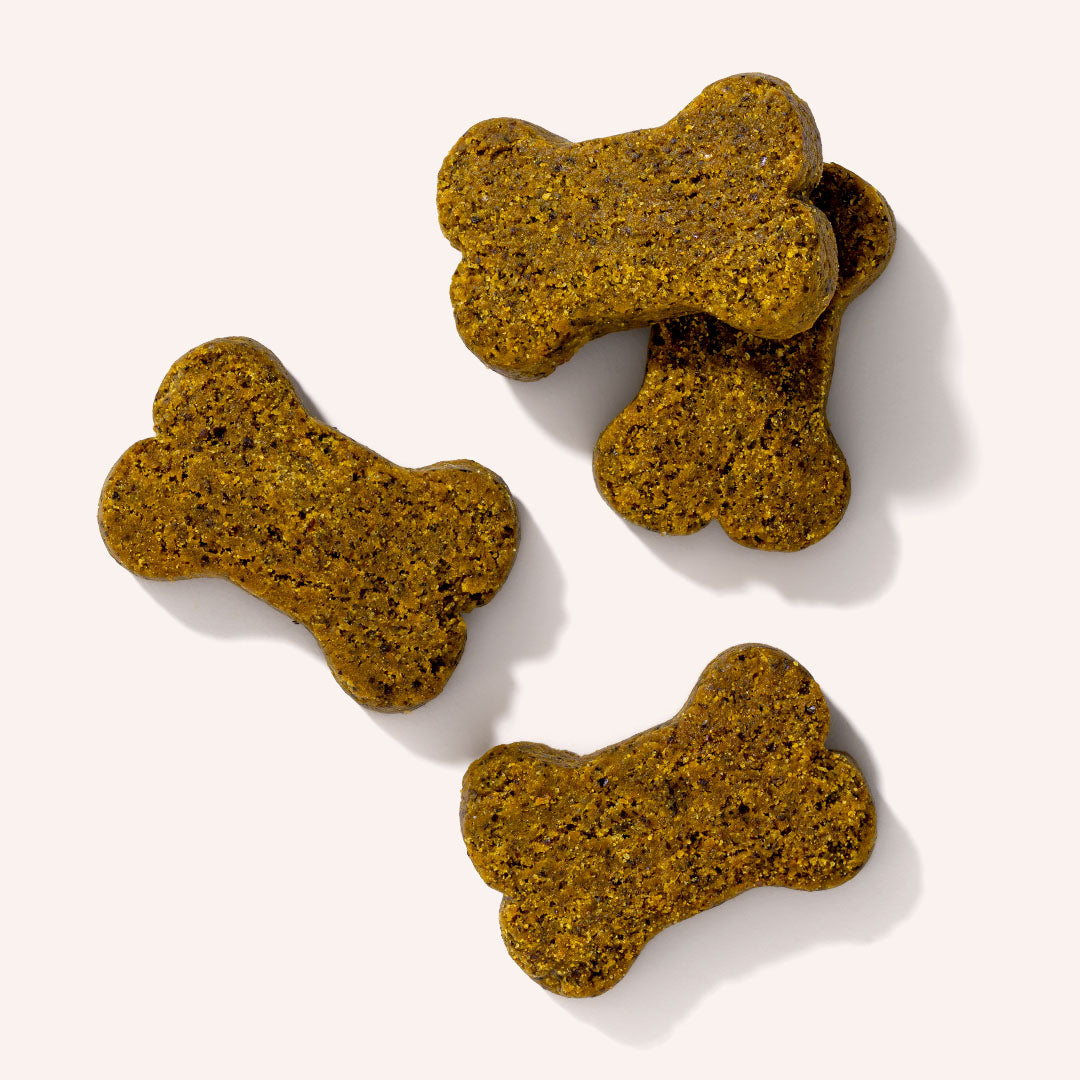

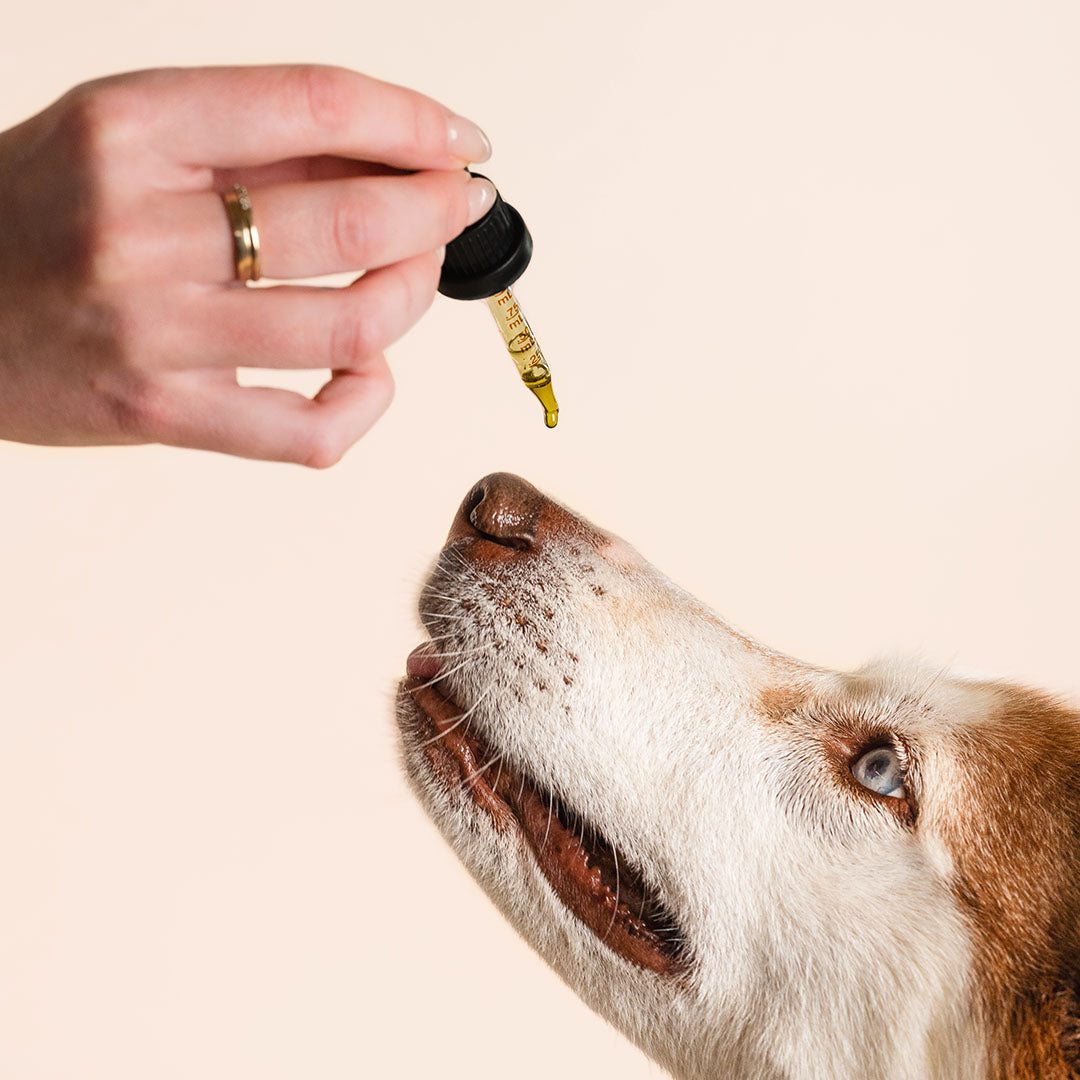



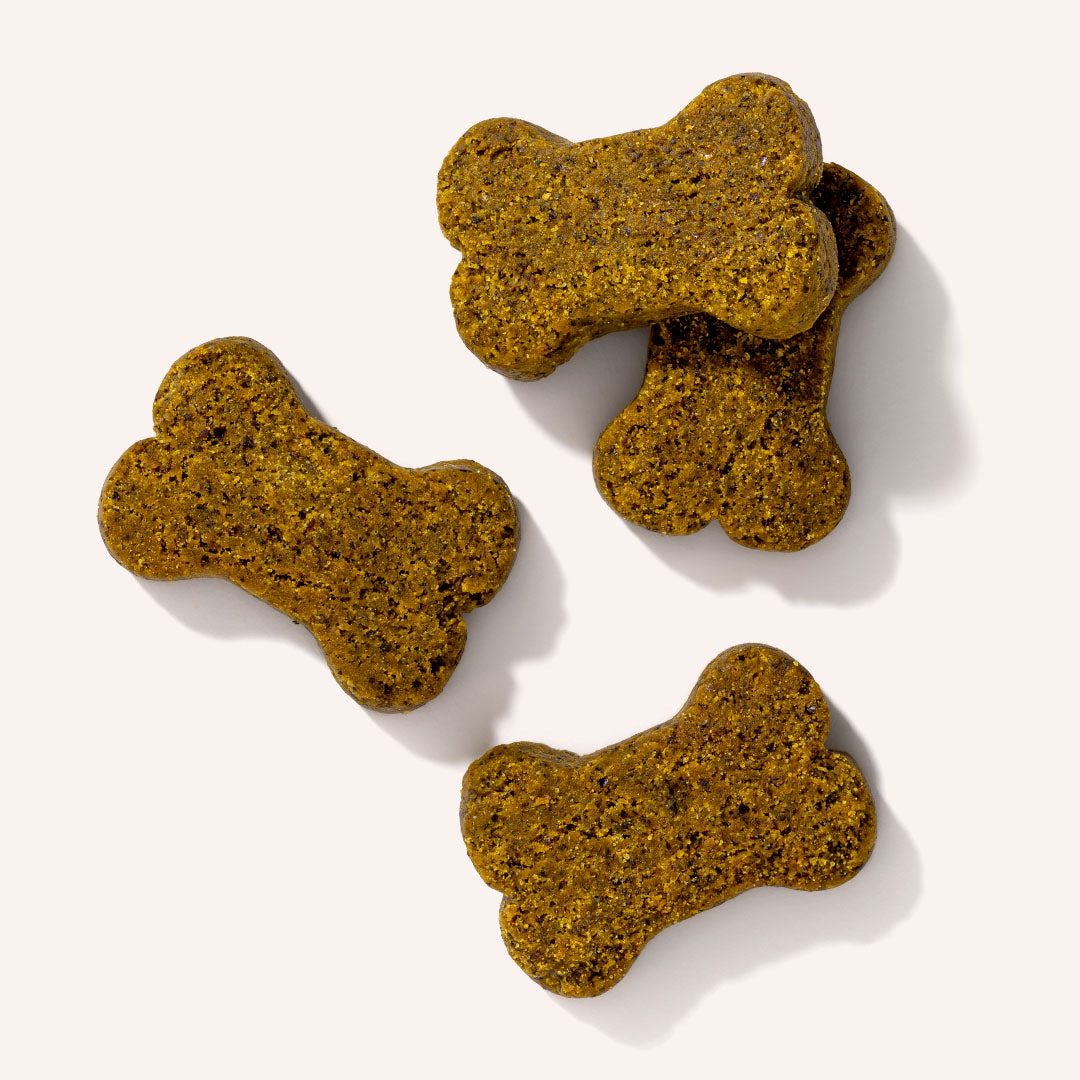

Leave a comment
All comments are moderated before being published.
This site is protected by hCaptcha and the hCaptcha Privacy Policy and Terms of Service apply.